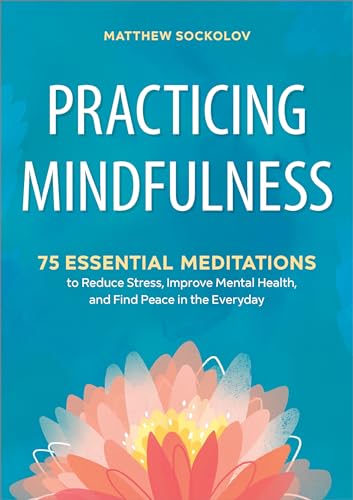The Bible encourages meditation on Scripture for spiritual growth, while yoga’s physical aspects can complement mindfulness but should align with Christian values.
The Bible offers clear guidance on meditation while presenting cautions about yoga’s spiritual roots. Scripture encourages focused reflection on God’s Word but warns against practices that conflict with Christian doctrine. Understanding these distinctions helps believers navigate modern wellness trends with biblical wisdom.

Biblical Meditation: God’s Command to Reflect
The Bible mentions meditation 23 times, consistently portraying it as a spiritual discipline. Unlike Eastern meditation that seeks to empty the mind, Christian meditation fills the mind with Scripture.
Key Bible Verses on Meditation
- Joshua 1:8 – “Keep this Book of the Law always on your lips; meditate on it day and night”
- Psalm 1:2 – “His delight is in the law of the Lord, and on his law he meditates day and night”
- Psalm 19:14 – “May these words of my mouth and this meditation of my heart be pleasing in your sight”
Christian meditation focuses on contemplating God’s nature, works, and promises. The best meditation books for beginners often highlight this biblical approach.

Yoga’s Spiritual Roots and Christian Concerns
While yoga has gained popularity as exercise, its origins remain deeply spiritual. The Cleveland Clinic notes yoga’s purpose as “enhancing mind-body connection to achieve enlightenment.”
Three Key Issues With Yoga
- Etymology: “Yoga” means “to yoke” – originally referring to union with Brahman (Hindu concept of ultimate reality)
- Philosophy: Traditional yoga embraces Hindu tenets like surrendering to the divine
- Postures: Many asanas represent worship positions for Hindu deities
As Christian researchers note, early yoga promoters deliberately secularized the practice for Western audiences while maintaining its spiritual core.
Alternative Practices for Christians
Believers seeking similar physical benefits can consider:
| Practice | Description | Biblical Alignment |
|---|---|---|
| Pilates | Developed for WWI rehabilitation | No spiritual component |
| Christian Stretching | Exercise while meditating on Scripture | Fully biblical |
| Breath Prayer | Combining deep breathing with short prayers | Rooted in Christian tradition |
Using Crystals With Caution
Some Christians incorporate chakra stones for meditation as focal points. While crystals have no inherent power, they can serve as tangible reminders of spiritual truths when used carefully.
Jesus as Our Meditation Model
Scripture shows Jesus frequently withdrawing to pray (Luke 5:16). His prayer life demonstrates key principles:
- Solitude – Seeking quiet places away from crowds
- Submission – “Not my will but yours be done” (Luke 22:42)
- Scripture – Quoting Deuteronomy during temptation (Matthew 4:1-11)
Modern believers can follow this pattern through Christ-centered meditation practices that focus on God’s Word rather than emptying the mind.
Discerning Physical Exercise From Spiritual Practices
The Bible distinguishes between physical training (valuable but limited) and spiritual discipline (essential for godliness) in 1 Timothy 4:8. Christians should evaluate:
Questions for Discernment
- Does this practice conflict with Deuteronomy 18’s warnings about occult practices?
- Can I participate without engaging the spiritual elements?
- Does this draw me closer to Christ or introduce conflicting beliefs?
As Paul advised, “Test everything; hold fast what is good” (1 Thessalonians 5:21). This principle helps navigate complex issues like yoga and meditation with biblical wisdom.
